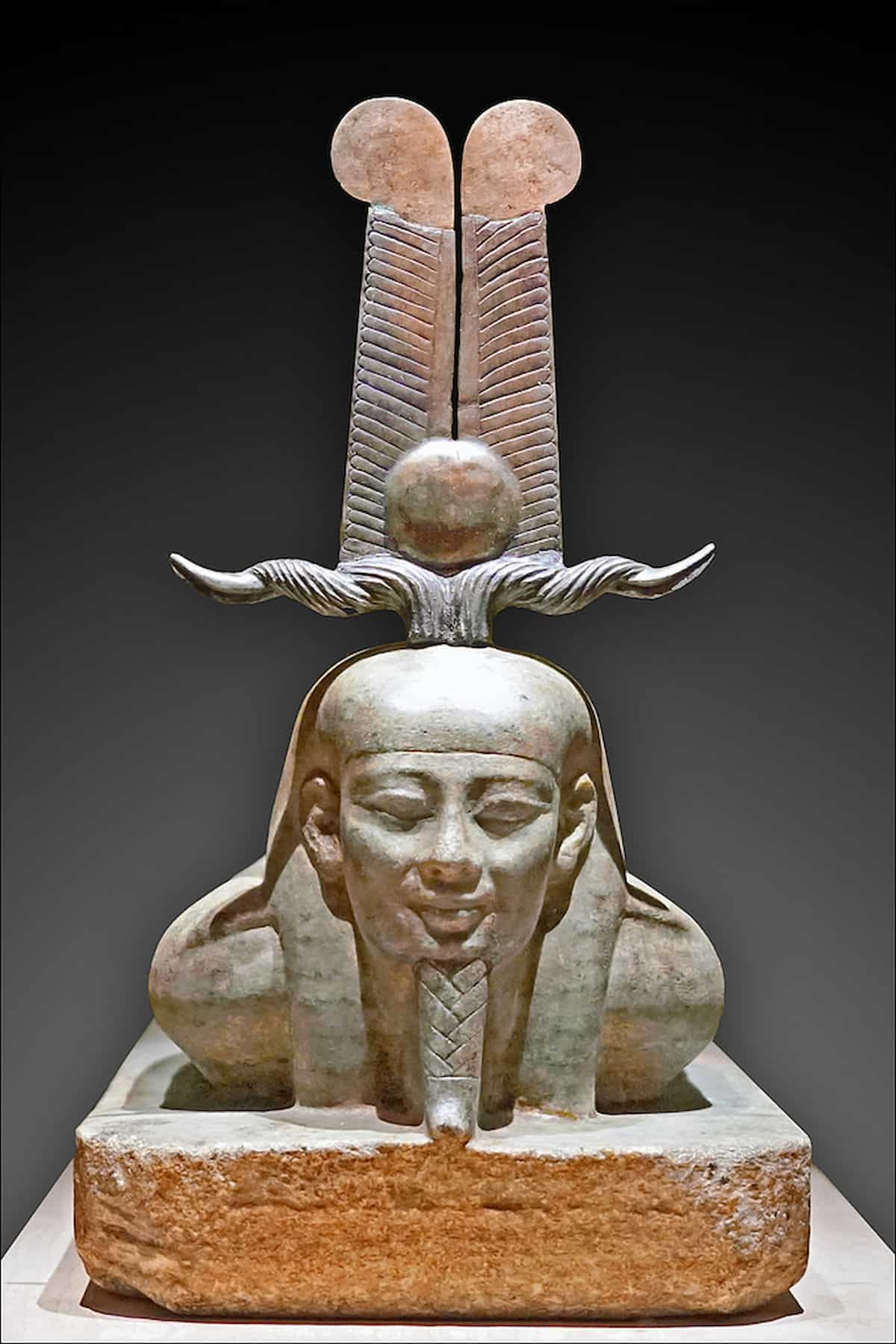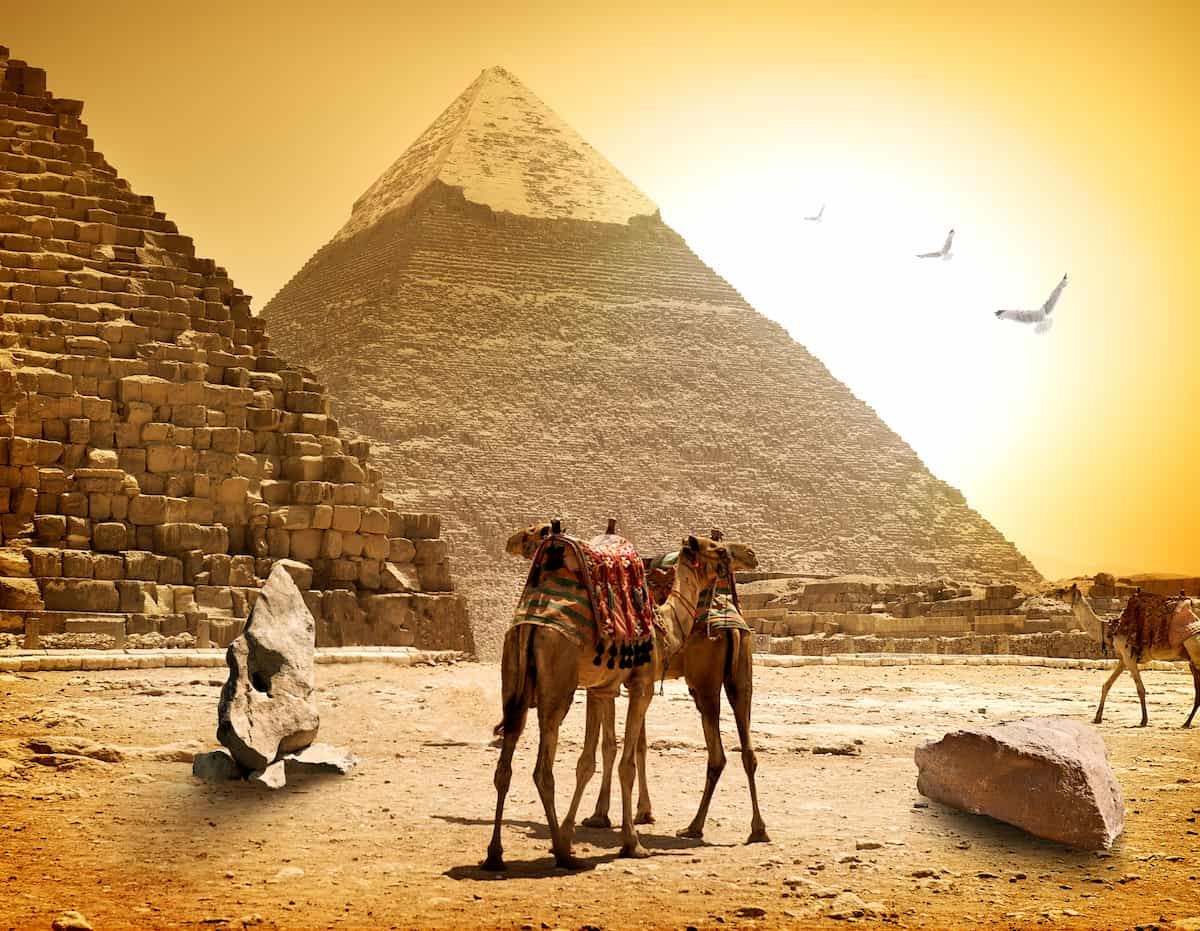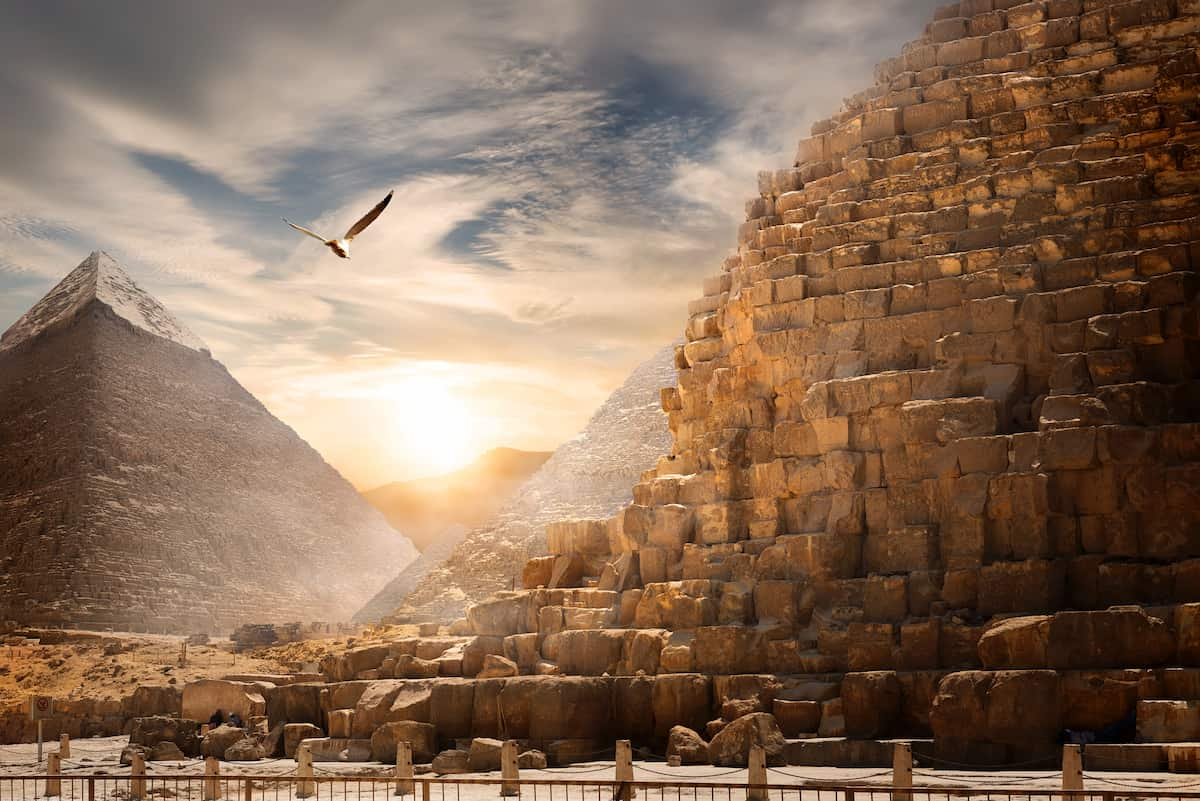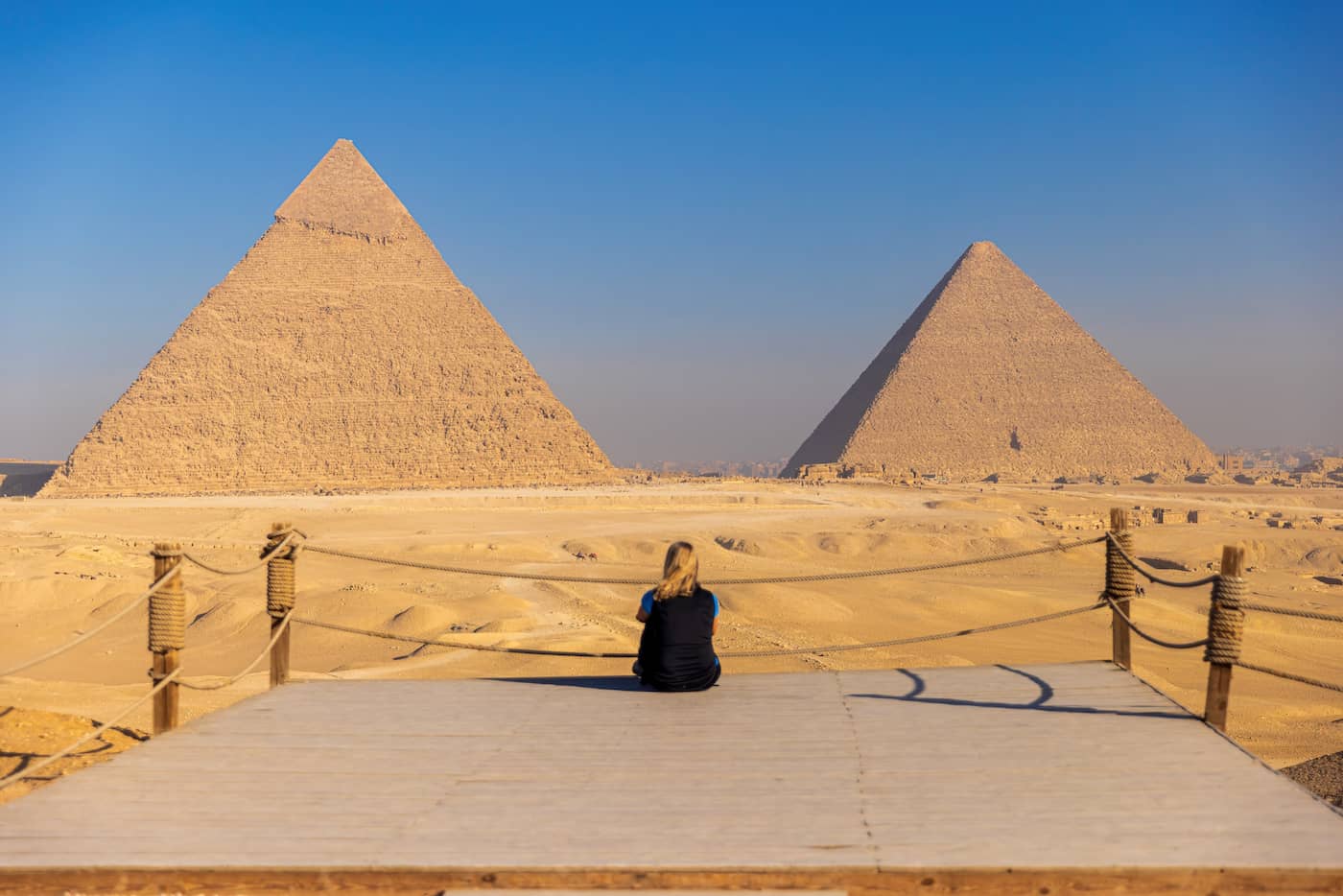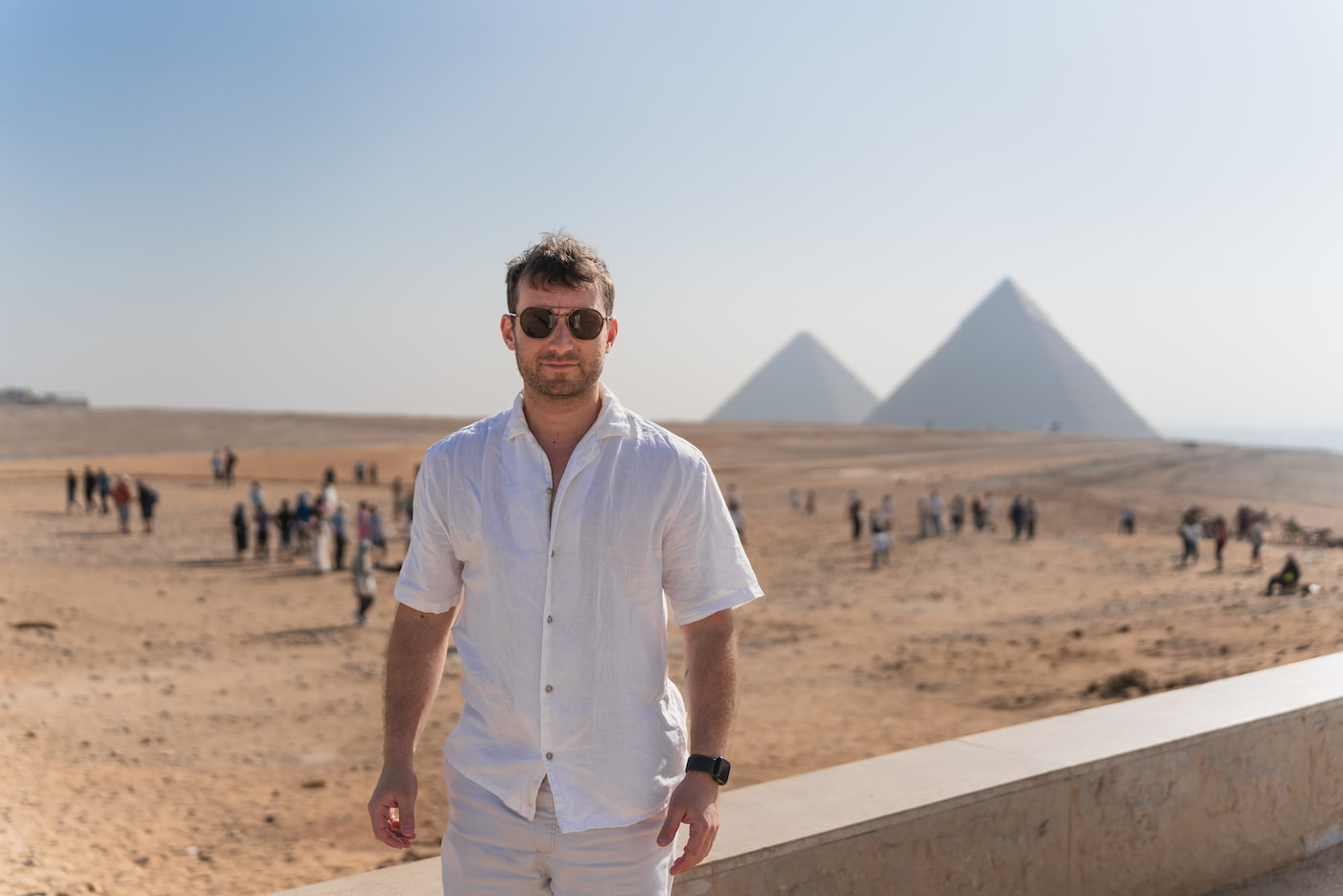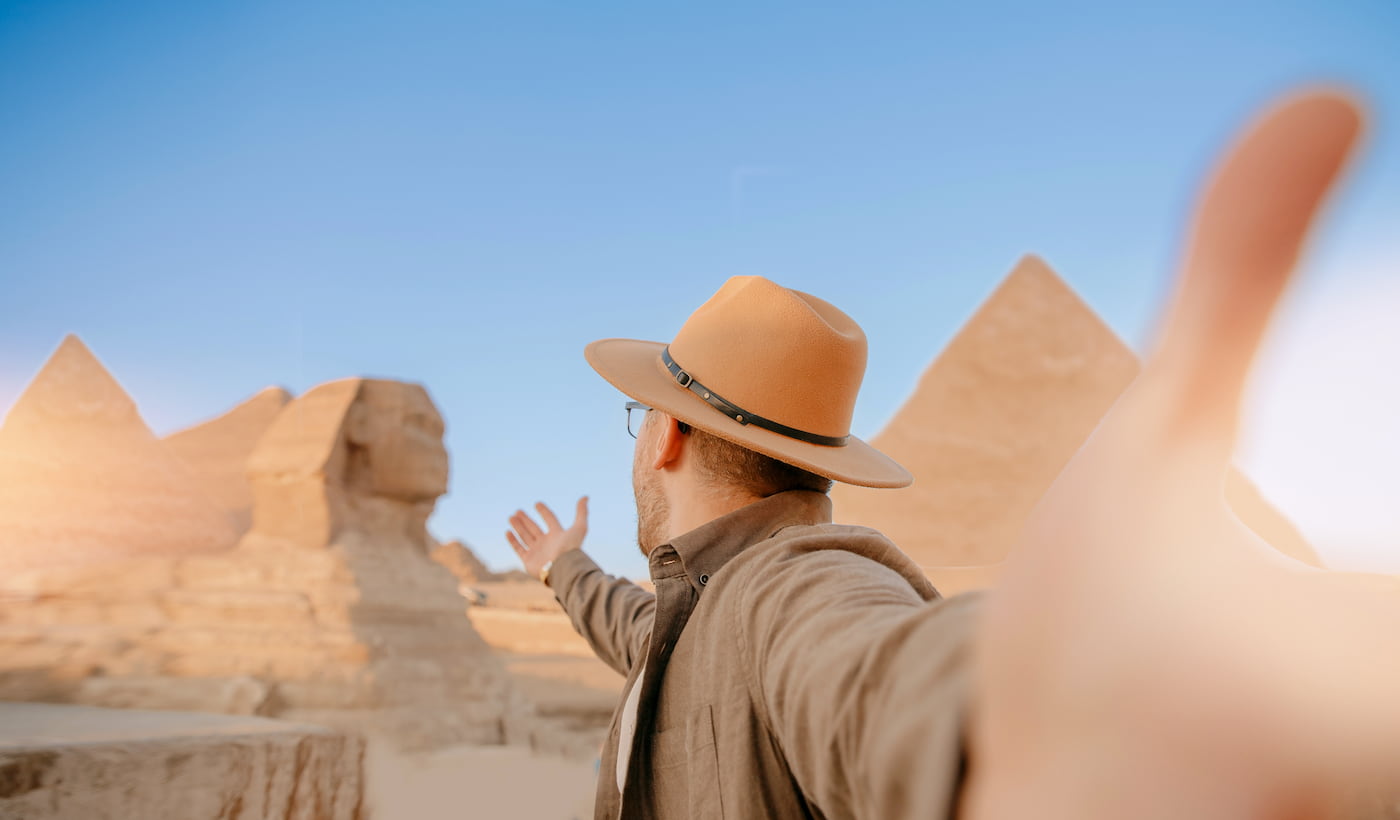Who Is Nephthys in Egyptian Mythology?
Among the deities of ancient Egyptian history, Nephthys holds a very peculiar place for numerous reasons. Seemingly having fewer incidences than other gods of the same era, the goddess Nephthys stands at an elevated level in Egyptian mythology as she was the one feared for her place with the spirits of the departed, the dead, and was the transitional figure between life and death. There are also meanings beyond the simple comprehension of the title “Lady of the Household”. In Egyptian civilization, she also teaches the lesson of managing threatened femininity, i.e., the concept of encompassing the nurturing mother as well as the protective mother. Nephthys Egyptian god, was, nevertheless, never vilified or presented as the antagonist because she was beneficial to the aim of the ritual of funerary rites and the myth of resurrections.
The concept of the epitomized goddess Nephthys, on the other hand, remains a mystery even to historians and those in search of spiritual beliefs, but is a manifestation of hidden power, or rather, a holy grief. As an essay on the ancient Egyptian gods and goddesses continues, one thing that can be said of Nephthys Egyptian god, is that she is a repressor who quietly sits in one place, attending to the business of concluding whatever commences.
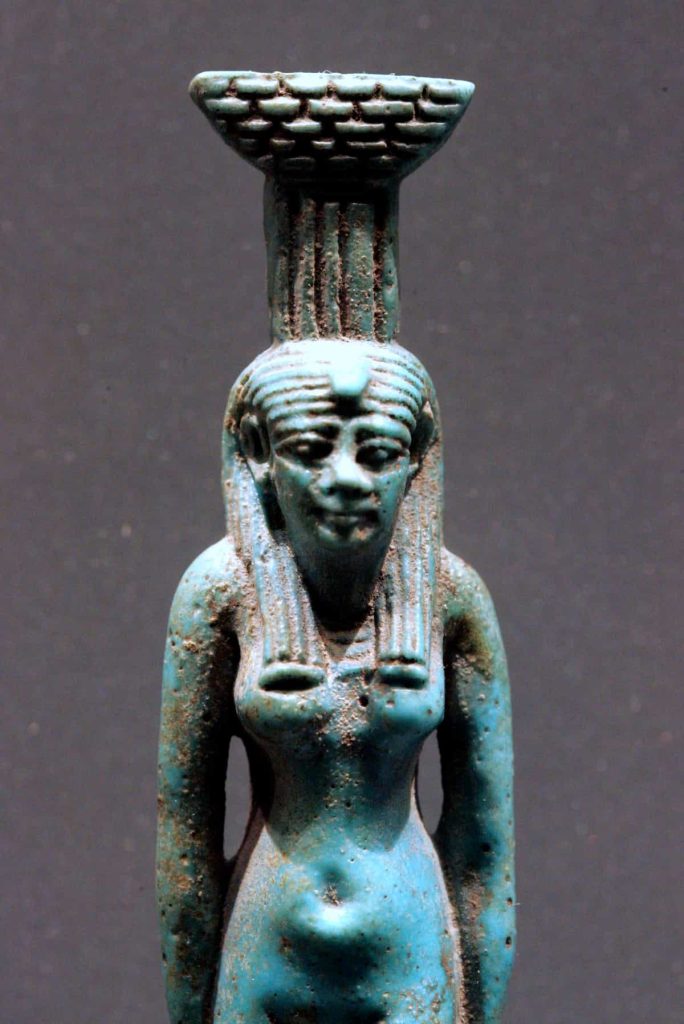
1. Nephthys in the Divine Family: Her Role in the Ennead of Heliopolis
Nephthys was the daughter of Geb and Nut, making her one of the Ennead of Heliopolis, the power gods. Linked closely to Isis, Osiris, and Set as a sisterly goddess, she is a significant albeit subtle presence within the ancient Egyptian storyline. While she is often regarded as Isis’ counterpart, Nephthys tends to share a great deal of Isis’ attributes but portrays the hidden, nightly, and mourning aspects of the divine femininity.
Although as fate had it, it is only now that we perceive Nephthys Egyptian god to be the wife of Set, as throughout the centuries it was a working pattern and a social norm entrenching the understanding Although their titanic battles and the battles of their spouses are the most famous parts of history, they can be retold in various ways in the literature. It is one of the areas where mythology and art, with the help of those practicing them in the spiritual domain, have been presented in sculpture.
Part of the essence of Egypt is embedded in the very way in which this country builds and reviews itself, where everything is limited to complementarity within a clear framework. This is a very ancient, very refreshing way of looking at things, which is also atavistic. In all the epochs on the earth with the capital of the bedding, the dual states of life and death, viciousness and honesty, creativity and de-creation interplayed in either construction or protection.

2. Nephthys in the Osiris Myth
Nephthys is sometimes overshadowed by the popularity of her sister, Isis; however, the presence and roles offered by her are still integral to the Osirian myth, one of the most sought-after in Egyptian beliefs. Set kills Osiris with violent passion, and this causes his body to be torn apart, with various parts distributed throughout ancient Egypt. It is in this stage that the sisters Nephthys and Isis get involved to retrieve the remains of the dead Osiris.
Seemingly calmed by the fact that there were no threats whatsoever to the life of Osiris, the sisters undertook the task of gathering the scattered bones of the dead king, caring for them, and performing all the rites necessary for the return of his soul to serve for the time required to impregnate Isis, which had almost become tradition, and only then give birth to the son Horus who was the successor in the royal lineage.
Allegedly, Nephthys and her brother were having a romantic relationship, the outcome of which is the begot of Anubis, the god of funerary preservation and the underworld, who has the head of a jackal. Nonetheless, you cannot call Nephthys such since she is less of a mother and more of a detractor, and hence entrusts the baby to Isis, who gladly accepts the little one as her own.
Her absolute sense of conviction, sorrow, and maternal influence turned Nephthys into a tacit overlord with a deceptive, nearly magnetic presence that has prevalently captured the hearts of both enemies and allies. This is essential concerning the restoration of Osiris’ life and the conservation of the existing essence patterns in his genes.
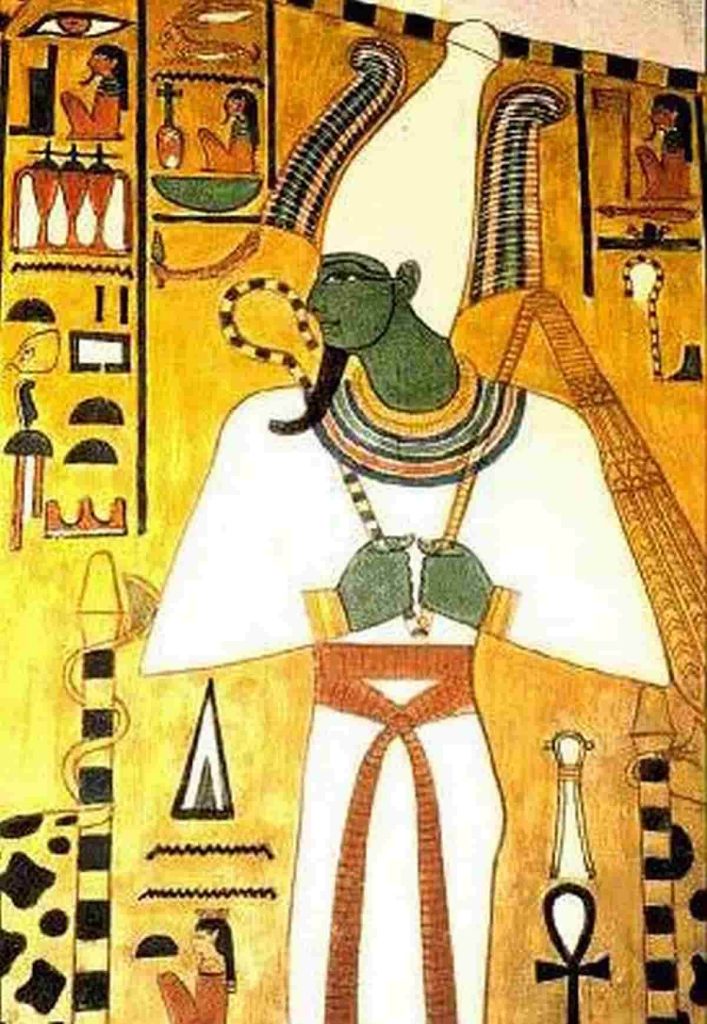
4. Symbolism and Powers of Nephthys
Nephthys has associations with comforting the burdens of loss and the mysteries of the dark. It is quite common to associate her with mourning and protection; she appears as a death goddess along with her sister and archetype, the goddess Isis, and stands in as she moves across boundaries and magics us unseen death in many ways. She is also the guide of the Twilight Zone to the deceased, as well as guides them throughout the peri-embalming and burial ceremonies.
She has a special headdress with the figure of a temple positioned on an apron, which is a hieroglyph that represents and is the simplest way of spelling her name, which is, at most times, kept on headgear placed on her head while creating images for temples. Ankh is also related to her as a symbol of a keb, Babylon’s eye. And another incense representing purification of the sanctified place, which is also necessary in the burial rites.
Goddess Nephthys is best understood as the healing side of the coin. Her function was to assist in any difficult process of deep pain in a spiritual or any other capacity. So she captures the sublimation aspect of the dark, aggressive feminine energy that is not destructive but is quieting, full of passion, and remarkably emotive.
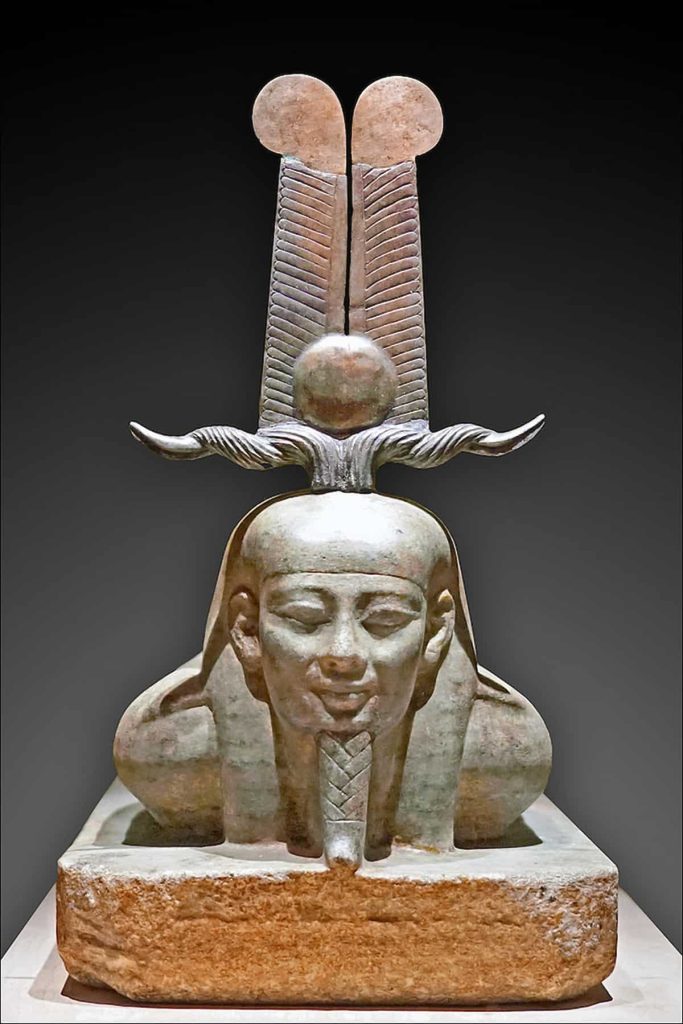
5. Worship and Temples of Nephthys
Though goddess Nephthys didn’t receive as much devotion as her sister, she had a position in Egyptian religious customs with much respect, especially in the last rites of the deceased. The goddess was one of the deities worshipped in different places, for example, at Heliopolis, where she was a member of the Ennead, and in Dendera, where she was worshipped alongside Hathor. Lesser chapels and shrines, which were specific to the veneration of Nephthys, were at times situated even within temples dedicated to other gods, connoting her healing and protective character.
Nephthys also had a singular function in funerary practices, where she assumed the responsibility of protecting the dead. And especially officiates asked for her special mediation when performing the wardrobeing and mourning rites, and the release of the dead from the body for safe rescue in the future. She was depicted in such a way on many coffins and some funerary papyrus, since alongside her sister, they played the part of protector with their thematizing very embracing wings.
The forms she followed were somewhat less in the open, even as they highly acknowledged her vital part in the regulation of life, chaos, and death.
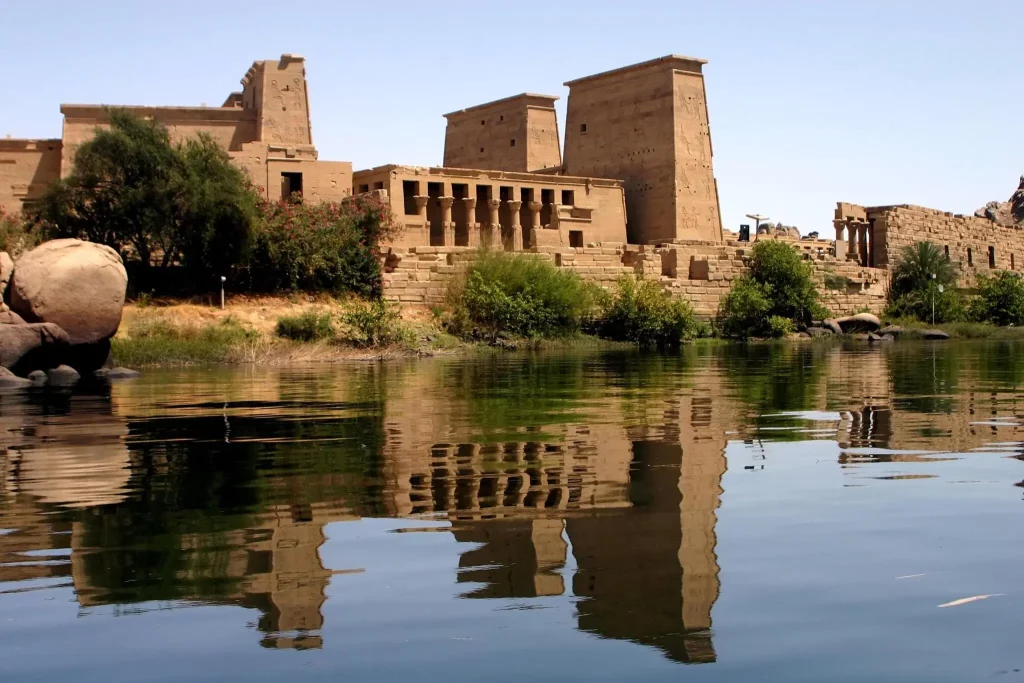
6. Nephthys in Egyptian Magic and Funerary Texts
Goddess Nephthys played an important role in the magic and funerary practices of ancient Egypt, where she was commonly invoked in protective and guiding spells and cultic rites for the deceased. Together speaking, she appears in many places in this literature conducting services next to Isis in the Book of the Dead and Coffin Texts, for instance, the well humane one. Between them, they epitomized the twofold nature of Thomas, which is a negative and a positive energy.
Goddess Nephthys’ role was that of a female, but she also knows how to act in such situations as guiding, as she makes a protective arc above the head of the mummy during the embalming rituals. She would say soothing words as the deceased rested, helping them feel motherly comfort. Above all, she was most useful for children, for those who had passed on, and for the weak souls. Therefore, a few incantations ask for her to help rain out with her protective forces of evil and to provide succor in the security of passage to the Field of Reeds.
These narratives depict how the role of Nephthys Egyptian God, exists even beyond mythology; this is to say, as a safeguard stretched across the transition of one’s physical being to the next zone, she remains.
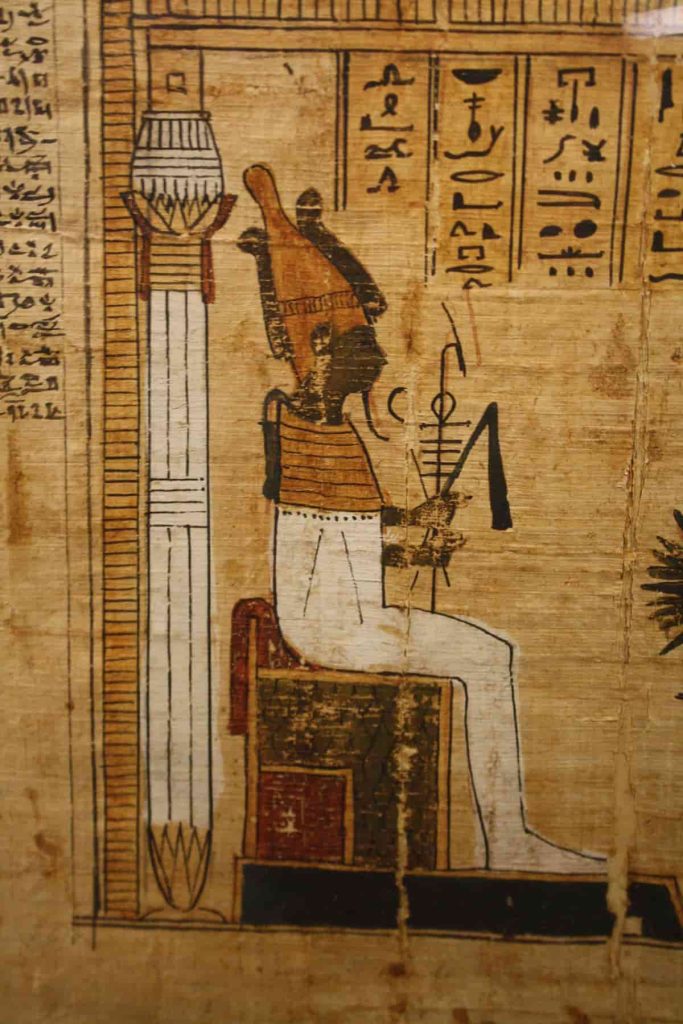
7. Modern Depictions and Spiritual Relevance
Even nowadays, Nephthys Egyptian god, is firmly included in the practices of the believers of alternative systems such as Kemetic religion. As the very goddess of mourning, shadow, and transitions, she really finds the relevance for those who deal with working through grief, working with their shadows, and transforming the self. Some consider her a light and shelter in the dark emotional times; she is a protector during any kind of loss and change.
She can also be noticed in contemporary art as well as tattooing, often showing a grim expression with the temple glyph or wings spread at full length. Duly appreciated, she is not only the aforementioned she also carries spiritual worth, which enables leaning on her for care or strength.
There comes a time in any ritualism of the goddesses when the invocation of Nephthys is made especially for the needs of the particular religious sacrament, if one can call it that. Her nature and story appeal to those who aspire to satisfy the turnover of the wheel of fate rather than to regard death as an end.
8. Conclusion: Nephthys, Guardian of the Threshold
Another unforgettable figure in Egyptian mythology can be positively called Nephthys, Enigmatic but possessing a warm heart, she expresses two ultimate feelings simultaneously. She is the personification of death and the boundary zone, the one who is neither in the light nor in the shadow, but is in the meantime in both. Her cooperation with Isis, Osiris, and Aum scales her will, unwavering support, and reason for existence.
In the contemporary world, she remains for the troubled and turbulent masses, giving meaning to comfort and support. Its characters and legends, none of them have become antiquated; they are still able to provide a bridge to ancient lore, which lies at the heart of these other legends.
Learn more about the Egyptian goddesses, with Nephthys being one of the contemporary representatives of their existence.

